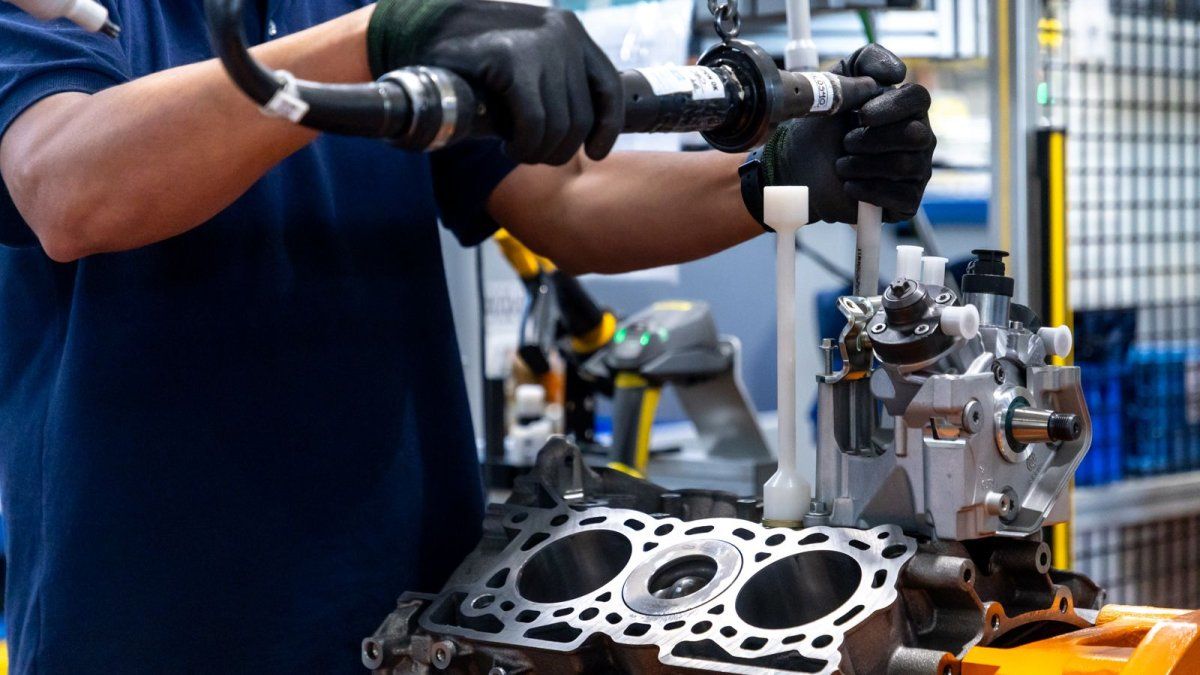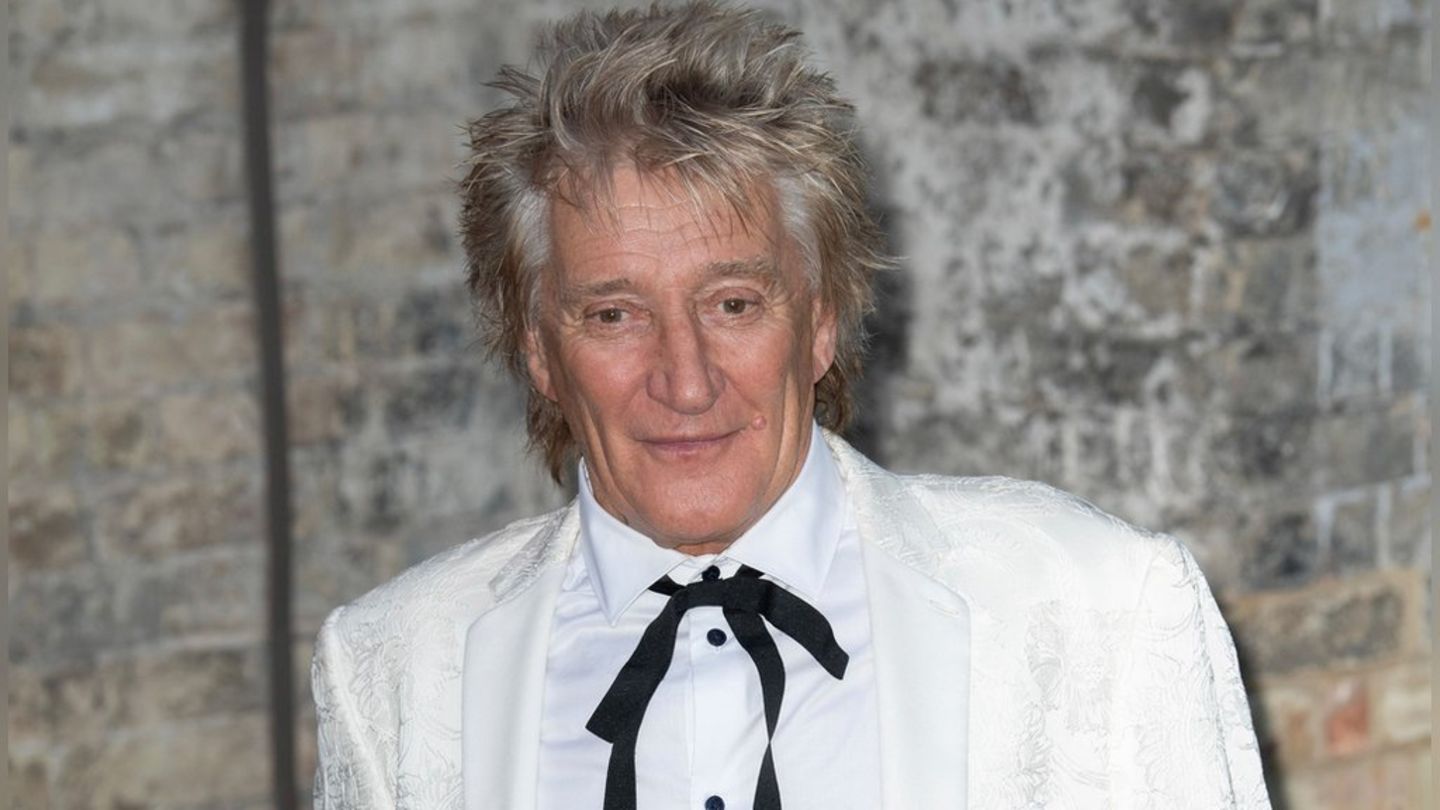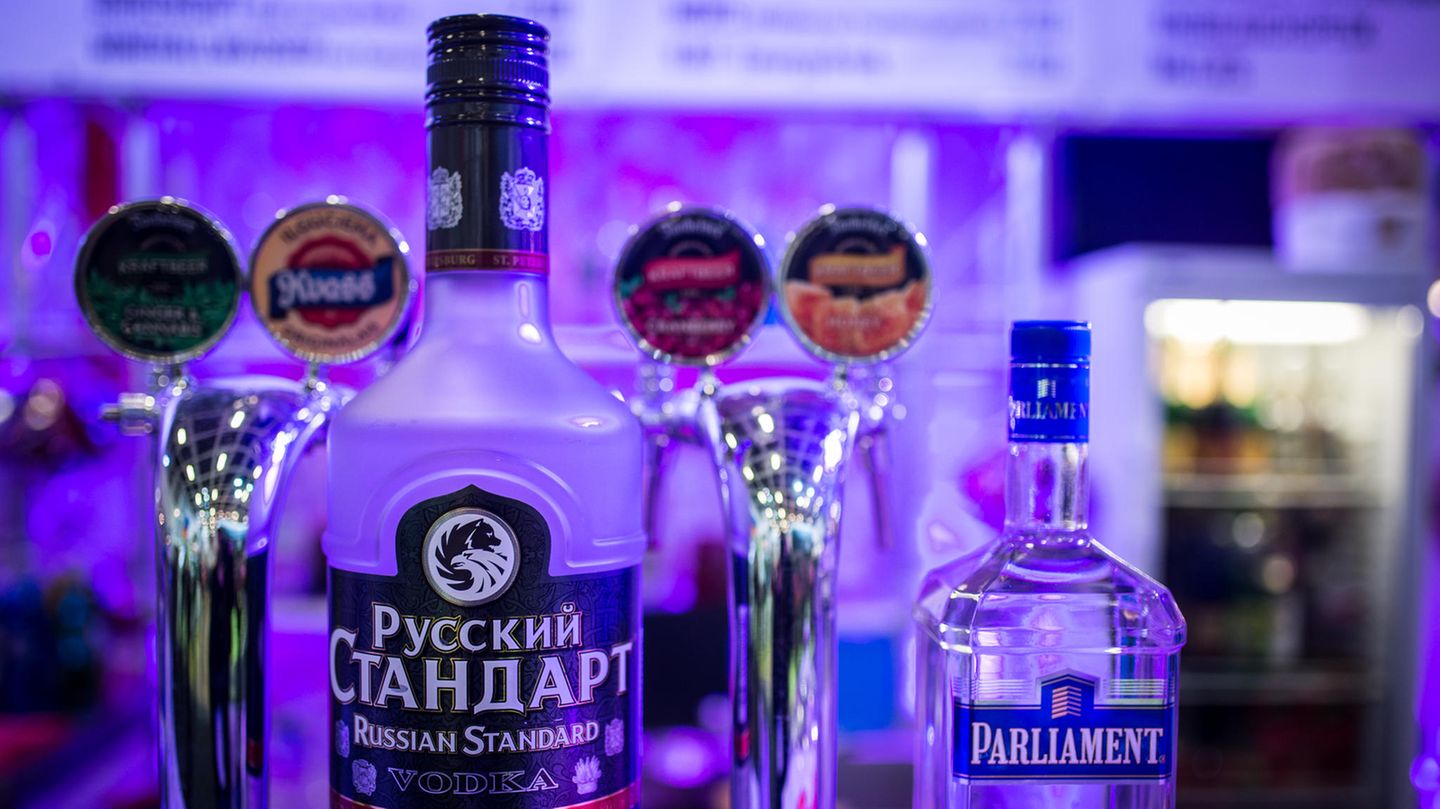Jane Stock is a technology author, who has written for 24 Hours World. She writes about the latest in technology news and trends, and is always on the lookout for new and innovative ways to improve his audience’s experience.
Menu
Vodka and Co. – how sensible is it to avoid Russian foods?
Categories
Most Read
Heating with a heat pump: Homeowner draws stock after 20 years
October 6, 2025
No Comments
Wrong sick reports: Detective tells how he tracks down Blaumacher
October 6, 2025
No Comments
Germany industrial location: mood in the supply industry remains bad
October 6, 2025
No Comments
The purchasing power of the minimum wage fell again in August and reached its lowest level since 2001
October 5, 2025
No Comments
Latest Posts

The Government digitizes the low and disarmament procedures and advances in the traceability of auto parts
October 6, 2025
No Comments
October 6, 2025 – 07:30 The Ministry of Justice formalized a series of measures that transform the automotive registration system, with the incorporation of digital

Fire brigade saved Hund Rambo in Mauthausen from rock crevice
October 6, 2025
No Comments
Rambo could be saved with the “Last” base vehicle “Last” with a crane and work basket. After an hour and a half the operation was

Rod Stewart about the future: Rock singer no longer has bucket list
October 6, 2025
No Comments
Lisa HarrisI am an author and journalist who has worked in the entertainment industry for over a decade. I currently work as a news editor
24 Hours Worlds is a comprehensive source of instant world current affairs, offering up-to-the-minute coverage of breaking news and events from around the globe. With a team of experienced journalists and experts on hand 24/7.

